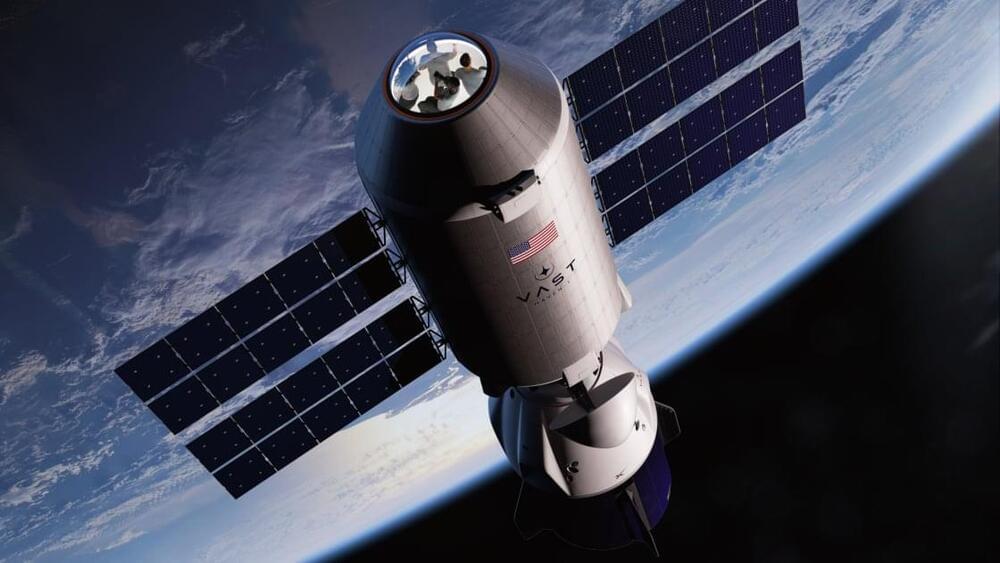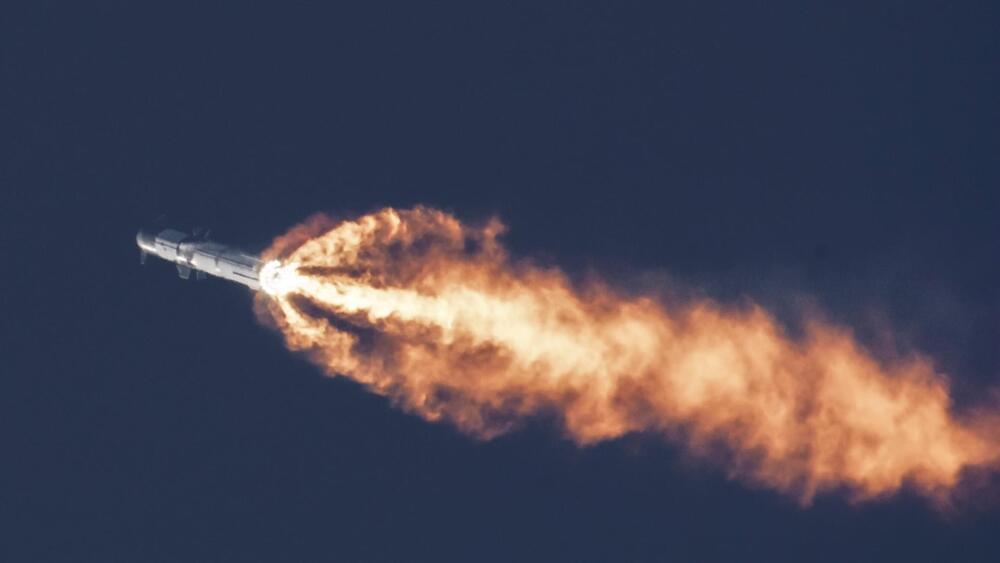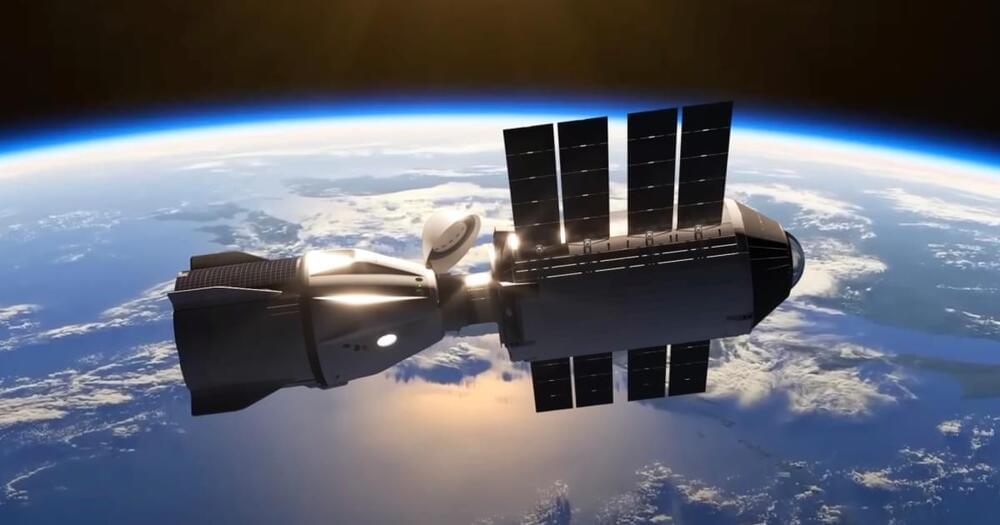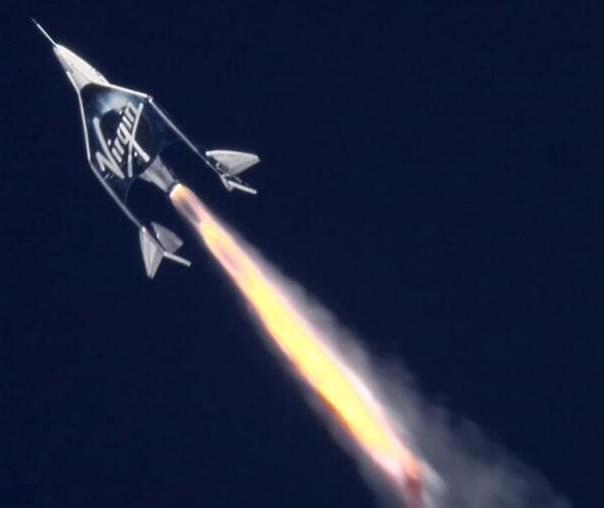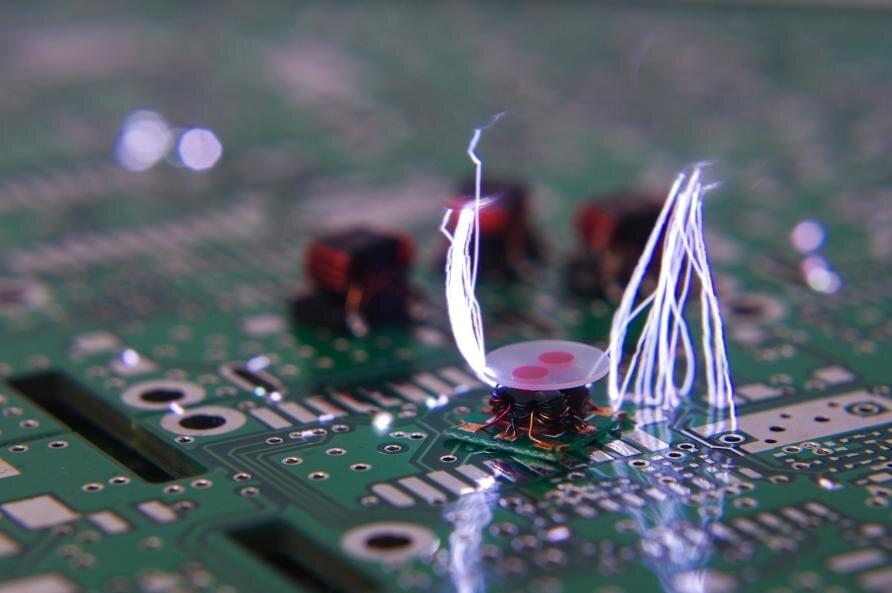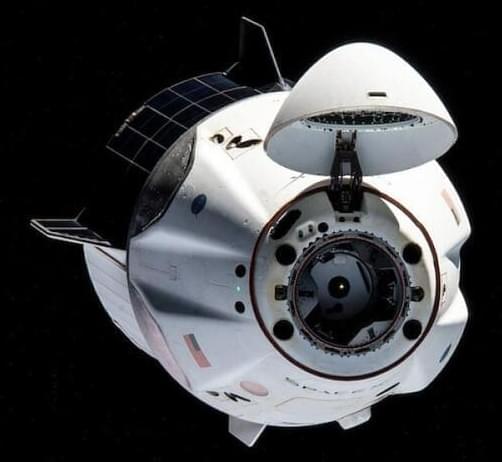Haven-1 is scheduled to reach low-Earth orbit aboard a Falcon 9 rocket no earlier than August 2025, and will initially act as an independent crewed station, before connecting to a larger Vast base, currently in development. If all goes well, the Vast-1 mission will then send a four-person crew via SpaceX Dragon to dock with Haven-1 for up to 30 days.
While the International Space Station has at least another seven years of life, plans for Haven-1 represent “the first steps in Vast’s long-term vision of launching much larger, artificial gravity space stations in Earth orbit and beyond,” says Vast CEO Jed McCaleb.
Eventually, Vast plans to develop a 328-foot-long multi-module spinning artificial gravity space station, delivered by SpaceX’s Starship transportation system.
